The term “Trout” refers to several different species in the Salmonidae family. Other members of the family include salmon, char, graylings, and whitefishes. Researchers recognize 15 different species, which they place in the taxonomic genuses Salmo, Oncorhynchus, and Salvelinus. Read on to learn about the Trout.
Description of the Trout
Each of the different species (and subspecies) of Trout look slightly different from the last. However, all of the various species have elongated bodies, often peppered with small spots. Their coloration varies from dark brown to silver, and many have hues of pink, red or yellow as well.
Size also varies drastically by species. While many measure about a foot or so long, some reach lengths up to four feet or more!
Interesting Facts About the Trout
These fish have a number of different traits and adaptations. Learn more about what makes a few specific species unique, below.
- Lake Trout – People catch this species extensively, particularly while fly fishing. In fact, people enjoy fishing for this species so much that they have introduced it outside of its native range of Europe. You can now find this fish in the United States, Patagonia, New Zealand, and more.
- Rainbow Trout – Another species popular with fishermen, this fish gets its name from the iridescent hues on its scales. Researchers currently recognize 15 different subspecies. These subspecies differ in appearance and behavior. Some live their entire lives in freshwater, while others only return to freshwater to spawn.
- Brook Trout – Humans breed this species with the lake Trout. Their hybrid offspring, known as “splake,” or “slake,” have unique patterns on their scales and grow quite quickly. Unlike many hybrids, splake can reproduce successfully, but this happens infrequently.
- Cutthroat Trout – You can easily recognize this species by the reddish hue of the scales beneath its chin, hence the name “cutthroat.” The state fish of Wyoming, this species ranges in freshwater habitats of the Pacific Northwest. Researchers recognize 15 different subspecies.
Habitat of the Trout
Though the various species and subspecies have different preferences, you can generally find these fish in freshwater habitats. Like other members of the Salmonidae family, some species have anadromous habits, which means that they live in saltwater during their adult lives, and return to freshwater to spawn.
Typically, these fish occupy streams, lakes, creeks, and rivers with cool temperatures.
Distribution of the Trout
Different species have different distributions. Each has its own unique range, though the populations of some species do overlap. Some species live in North America, and some in Eurasia.
Humans have also introduced various species outside of their native ranges, and you can now also find these fish in Australia, New Zealand, and more.
Diet of the Trout
Most of the various species have carnivorous feeding habits. They hunt for smaller fish, and a variety of invertebrates. Generally, adults hunt for fish, while juveniles rely on smaller invertebrates while they grow. Some of the different prey that they consume include insects, insect larvae, fish eggs, fish larvae, shrimp, worms, and more.
Trout and Human Interaction
Humans interact with many different species in this group. People target several species as popular game fish. This activity impacts different species to different degrees. Some species or subspecies face decline because of fishing pressure. They also suffer from habitat destruction, pollution, and climate change.
Domestication
Humans have not domesticated this fish in any way.
Does the Trout Make a Good Pet
People do not generally keep these fish as pets. For them to thrive, they need extremely large tanks, often 1,000 gallons or more. This makes it quite impractical to keep them in home aquariums.
Trout Care
Aquariums house these fish in large tanks. They thrive in environments with plenty of space, other fish for them to school with, and places to hide. Many aquariums provide artificial logs, trees, or roots for the fish to shelter under. They also frequently keep them with schools of similar-sized fish of other species.
Behavior of the Trout
Most of the different species have social behavior and live in groups known as schools. However, some species school as juveniles, and live primarily alone as adults. Some solitary species also live near a home “territory” such as a cave or hole. Many species migrate to spawning grounds during the breeding season.
Reproduction of the Trout
These fish begin breeding migrations based on water temperature. The female finds a likely spot for a nest, usually in a gravel substrate. She then creates a small depression in the gravel, lays her eggs, and then the male fertilizes the eggs.
Clutch size varies based on the species, but generally larger females produce more eggs. A single female can lay several thousand eggs. After the eggs are laid, the parents do not guard them or protect the young.

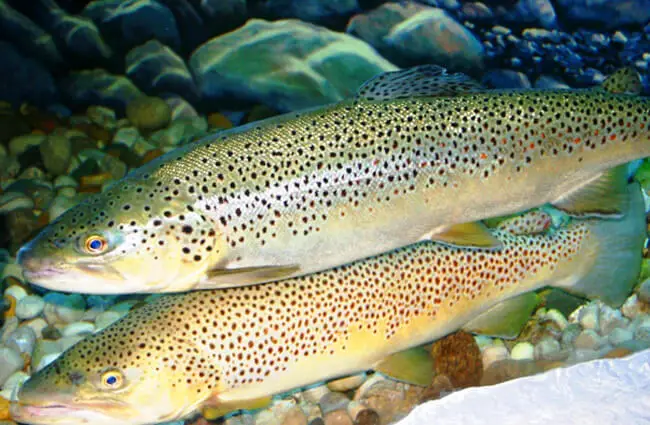
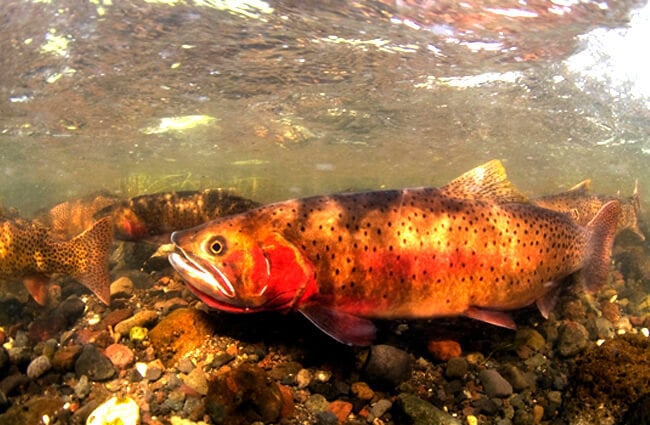
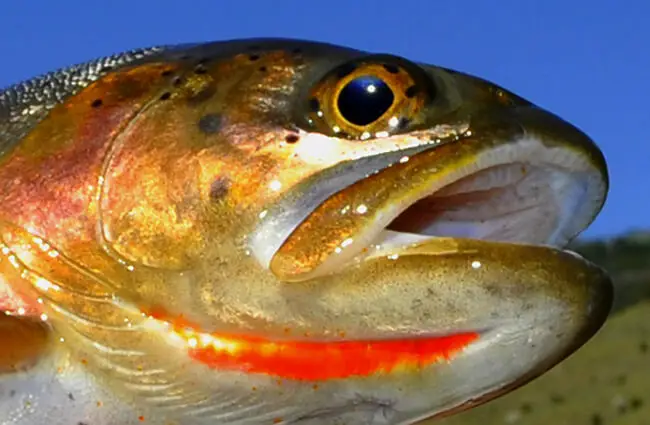

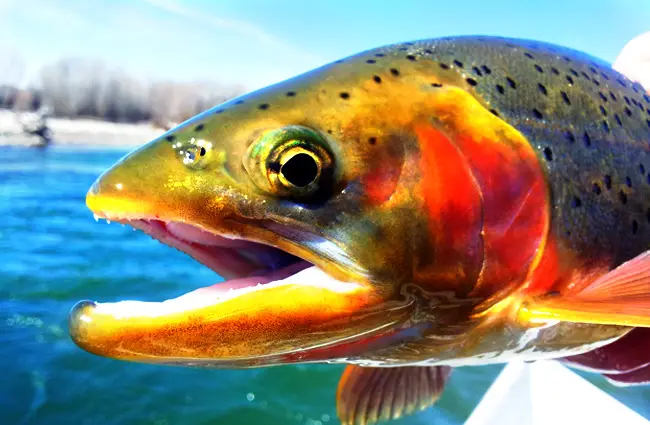
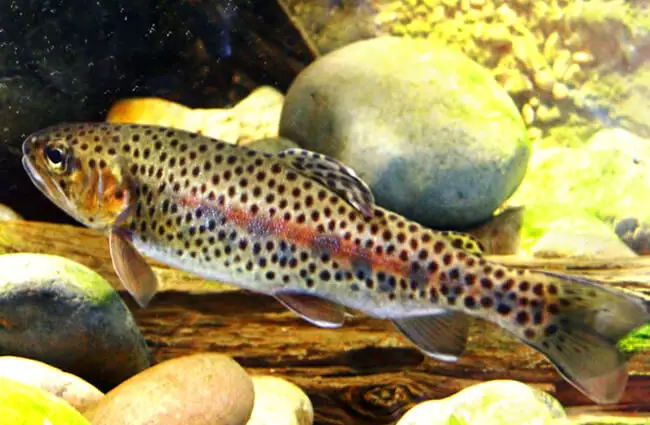
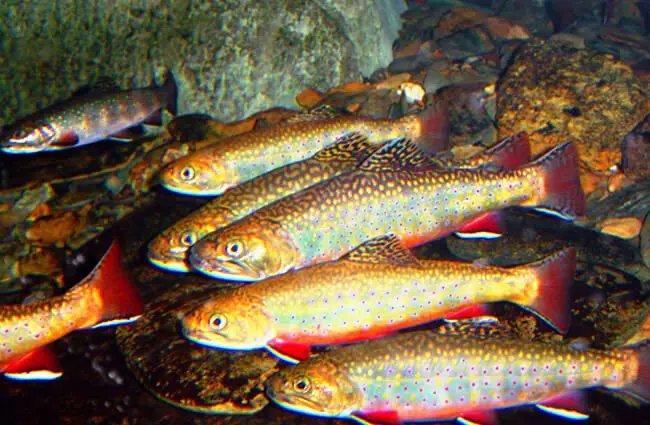
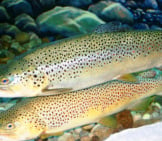


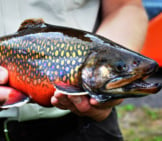

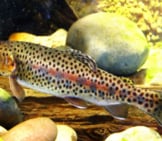

![Red Angus Closeup of a beautiful Red Angus cowPhoto by: U.S. Department of Agriculture [pubic domain]https://creativecommons.org/licenses/by/2.0/](https://animals.net/wp-content/uploads/2020/03/Red-Angus-4-238x178.jpg)












![Red Angus Closeup of a beautiful Red Angus cowPhoto by: U.S. Department of Agriculture [pubic domain]https://creativecommons.org/licenses/by/2.0/](https://animals.net/wp-content/uploads/2020/03/Red-Angus-4-100x75.jpg)

